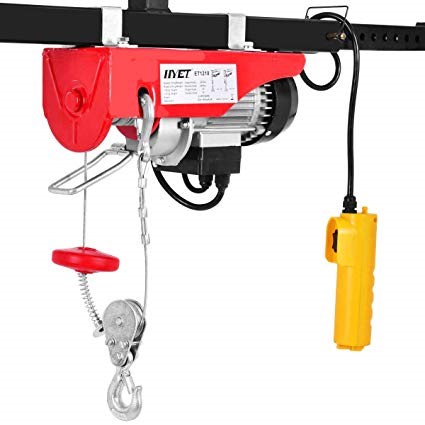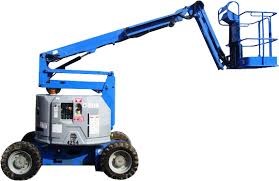LOLERThe Lifting Operations and Lifting Equipment Regulations 1998 (LOLER) are regulations created under the Health and Safety at Work Act 1974 and cover the
Who does LOLER apply too? These regulations apply to you if you are an employer or self-employed person providing lifting equipment for use at work or if you have control of the use of lifting equipment. It is important to note that these regulations do not apply if equipment is provided to be used primarily by members of the public, as these circumstances are covered by the Safety at Work Act 1974.
What does the HSE say? According to guidance by the HSE, to meet the requirements of LOLER you must ensure that all lifting equipment is:
Additionally:
What must be done? This may seem confusing, however, there are some key principles that should be followed to comply with these regulations. Equipment selection As set out in The Management of Health & Safety at Work Regulations 1999 a competent person should complete a suitable and sufficient risk assessment to identify the level of risk associated with the task, and this should be applied to lifting operations. Some important things to consider include:
These points should be considered for all lifting operations to help you select the correct equipment; whether that be a forklift which will be used on a daily basis to move pallets around a factory, or a crane which will be required to lift materials on to the top of a building on a one-off day. It is important to remember that consideration should be given to all equipment required for lifting or lowering loads and this includes attachments which may be used for anchoring, fixing or supporting these loads.
Under LOLER equipment must be marked with its safe working load (SWL) and where this is not practicable, a coding system should be used to communicate this. In some instances, the SWL of the equipment may differ from its attachments, this is why all equipment must be marked with its own SWL and all these must be considered before lifts. Inspections To comply with LOLER lifting equipment must have passed a thorough examination within the last 12 months. A thorough examination is a detailed inspection of the equipment which must be completed by a competent person. A competent person is someone who “has such appropriate practical and theoretical knowledge and experience of the lifting equipment to be thoroughly examined as will enable them to detect defects or weaknesses and to assess their importance in relation to the safety and continued use of the lifting equipment”. LOLER thorough examination encompasses procedures such as proof-load, non-destructive, light-load, and operational testing. It must be stressed that the lifting equipment and its attachments must undergo their own thorough examination, as the frequency of testing of these may differ. Thorough examinations should be completed before equipment is used for the first time; or, if the equipment has been acquired with an EC declaration of conformity not more than 12 months before the equipment has been put into service. Thorough examinations should be completed:
After a thorough examination is completed the equipment’s SWL must be marked on the equipment and the results of the testing should be recorded. In conjunction with thorough examinations lifting equipment should be subject to in-service inspections, which are typically a visual process, in some cases supplemented by simple tests, conducted by staff capable of identifying obvious defects. An example considering all mentioned; a hoist on a construction site required to lift people should undergo a thorough examination every 6 months and be subject to in services inspections, such as every 7 days. Planning Lifting Operations Lifting operations should be planned on a case by case basis relating to their level of risk and frequency. A lifting plan should address all foreseeable risks and detail the persons and resources required for the lift to be completed safely. E.g. for routine lifts, a competent forklift driver within a factory moving pallets each day a generic plan can be signed by the operative themselves. However, more complex lifts, such as a crane lifting materials onto the roof of a building, this should be planned by a competent person with each step recorded to show the lift has been sufficiently planned and that it is safe.
|
(All information is Correct as of 1st August 2019)

 use of lifting equipment. Lifting equipment refers to a wide range of equipment involving any equipment used at work for lifting or lowering loads and this includes attachments which may be used for anchoring, fixing or supporting these loads. Forklift Trucks, Hoists, Cranes and MEWPS are all covered by these regulations.
use of lifting equipment. Lifting equipment refers to a wide range of equipment involving any equipment used at work for lifting or lowering loads and this includes attachments which may be used for anchoring, fixing or supporting these loads. Forklift Trucks, Hoists, Cranes and MEWPS are all covered by these regulations.
 Other than the lift itself many other factors regarding the equipment should be considered, such as, but not limited too:
Other than the lift itself many other factors regarding the equipment should be considered, such as, but not limited too: